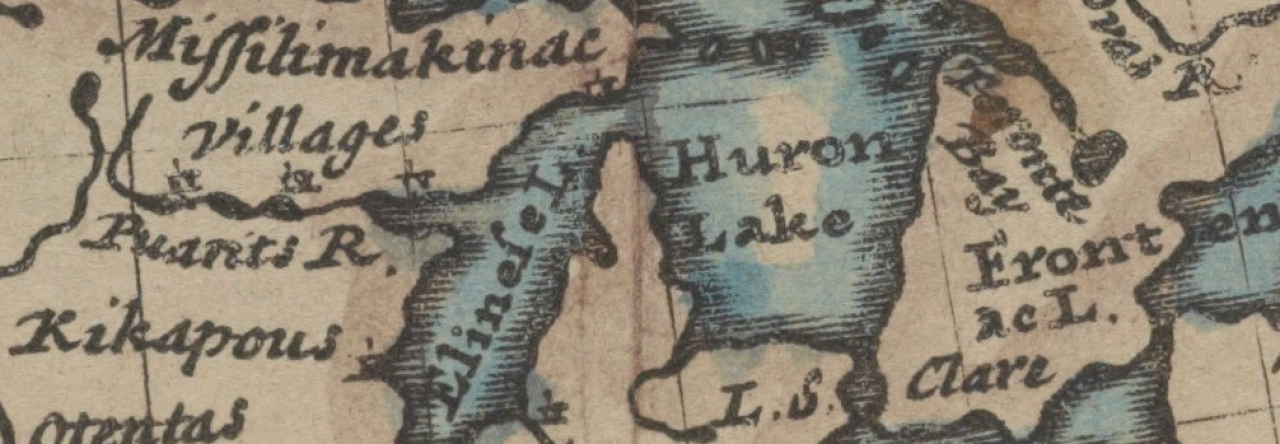Today I’m going to revisit the formative assessment I created for my social studies classroom. Just to differentiate my thinking, any updated text will be in blue.
Purpose
I’ve noticed that students this school year have entered my class with more knowledge on some of my curriculum, specifically that of the American Revolution. The purpose of this assessment is for me to understand what my students know about my content at the beginning of the year. I plan to use the data to re-design my goals and lessons to better accommodate the needs of my students. According to Shepard, “Many teachers rely on a traditional, pretest-posttest design to document student progress, but then do not use information from the pretest in instruction” (Shepard, 2000, pg. 11). I want don’t want to be one of “most” teachers, instead I want to actually use this information to guide my instruction. I plan to differentiate my instruction based on how students do on this pre-assessment. Although I’m not sure what this will look like yet and wish to run ideas by my fellow 8th grade social studies companions, this may initially come in the form of a group project on the colonies.
This assessment contains several “big picture” topics based on the 8th Grade Social Studies standards for the State of Michigan. These standards start on page 76 of this document.
Student Instructions
This pre-assessment has been designed to help me be a better teacher for you. It is not used as a grade, but simply as a tool for me to understand what you know regarding 8th Grade Social Studies at the start of the school year. Please complete this assessment to the best of your abilities.
You will complete this assessment on your Chromebook using FlipGrid. If you’ve never used FlipGrid before, don’t worry, it’s really easy! Login to FlipGrid and create a video of yourself answering the following questions. Please read each question, one at a time, and then speak your answer. Make sure you speak clearly so I can hear everything you have to say.
- Describe the role of geography in the development of the 13 colonies.
- Why did colonists want to declare independence from Great Britain?
- Name three issues that were resolved in the Constitution during the Constitutional Convention.
- Choose and explain two reform movements.
- Who had the better advantages going into the Civil War, the North or the South? Give and explain at least two reasons to support your position.
Student Feedback
After learning more about the importance of feedback, I would like to provide students with better feedback throughout the year, starting with this early assignment. As the assignment will be completed through FlipGrid, I plan do reply back to each student with a FlipGrid video touching on the following:
- Mention any information that aligns to my teaching standards. For example, if a student mentions two appropriate strengths of the North in the Civil War, I will make sure to acknowledge that those indeed are two strengths of the North.
- Make clear that any inaccurate information mentioned is inaccurate, but put a positive spin on all answers by connecting it to something that is accurate. Students who obtain positive feedback are more likely to continue an activity (Hattie & Timperley, 2007). As this is one of the first assignment my students will complete, I want to set them up to continue participation throughout the year.
- Conclude by explaining that I plan to use the information to help create my lessons throughout the year in order to tailor my instruction. Students must see value in the assessment process and how it fits into the greater learning picture (Hattie & Timperley, 2007).
Resources
Shepard, L. A. (2000). The Role of Assessment in a Learning Culture. Educational Researcher, 29(7), 4–14.

Pingback: CEP 813 Reflection – Steve's Teaching Blog!